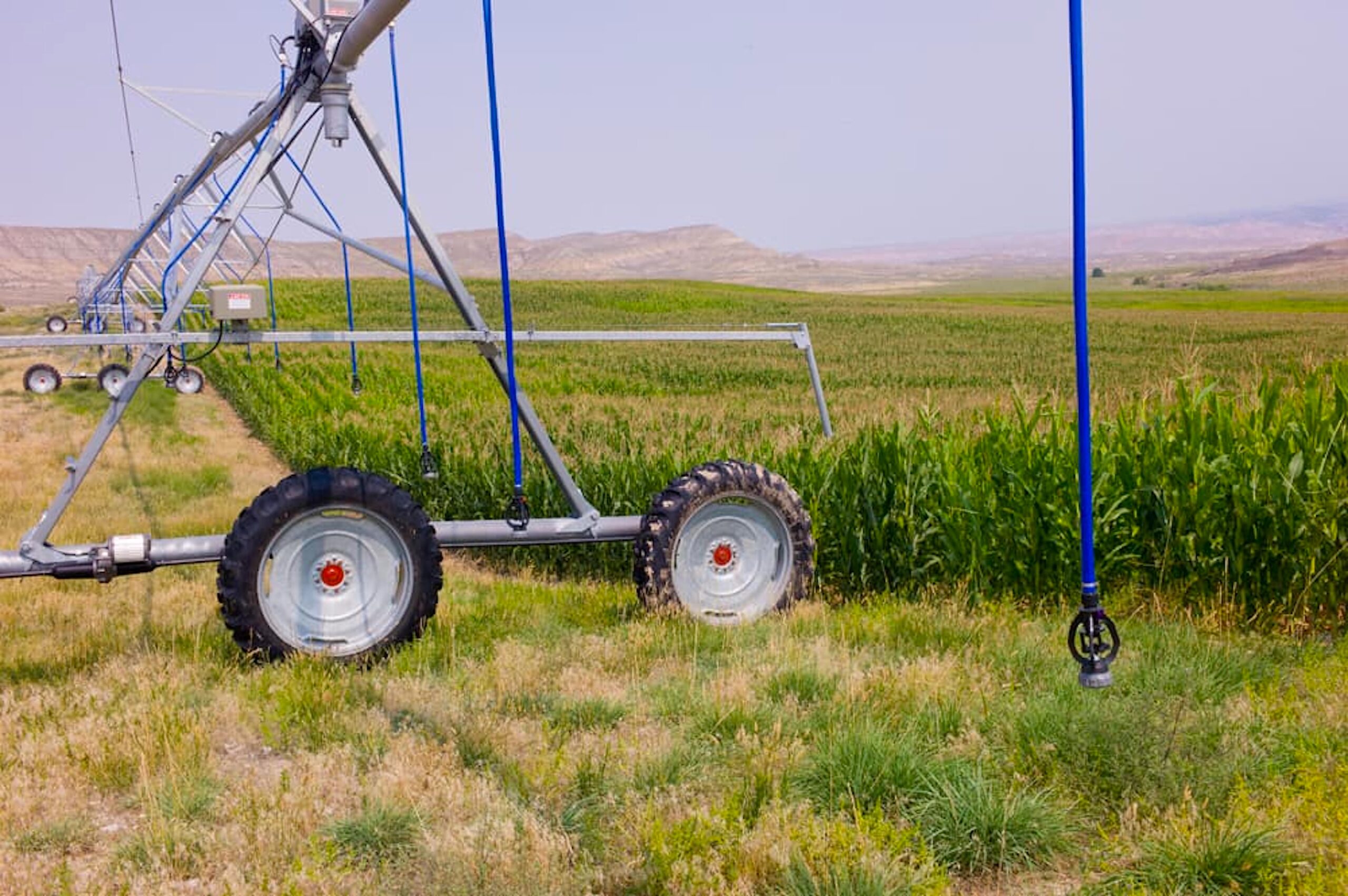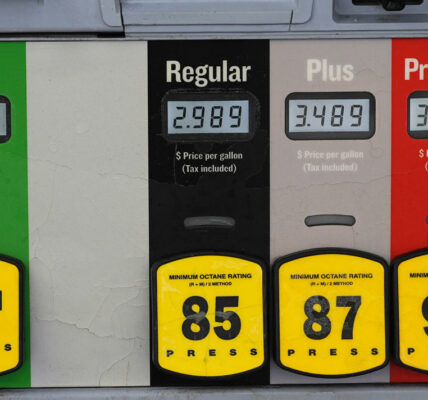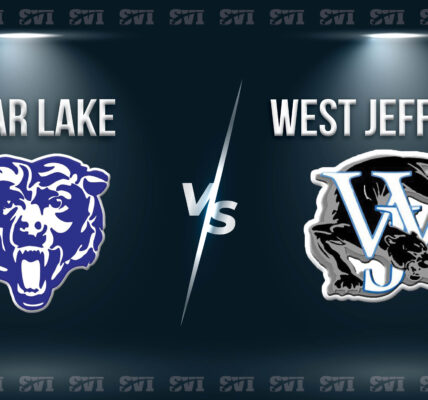
• Wyoming’s speaker of the House has questioned whether a dam for 33 irrigators near Hyattville is worth the $113 million cost, most of which the state would pay.
By Angus M. Thuermer Jr., WyoFile.com
The increased cost of the proposed Alkali Dam near Hyattville has rendered the project “close to not making sense,” the speaker of the Wyoming House told state water developers earlier this year.
Rep. Albert Sommers (R-Pinedale) made that assessment May 8 after hearing that the estimate to build the 100-foot high, half-mile long earthen structure is now $113 million. That’s more than three times the $35 million cost estimated in 2017.
The Alkali Dam would impound 6,000 acre feet of water that would be used by 33 irrigators for late-season irrigation of 13,000 acres. Wyoming would lend the benefitted landowners a total of $2.1 million and pay for the rest.
The Wyoming Water Development Office, which is designing the project for a private irrigation district, is having difficulty justifying the expense.
“I think it’s important to try to understand the price of what we’re doing, because, ultimately, that comes back to the cost-benefit ratio,” Sommers said at the meeting.
Cost-benefit rules govern how much the state can pay.
“I’m all for doing water projects,” Sommers said. “But it’s got to make sense in the end, too. And this is getting dangerously close to not making sense.”
$127 million above estimates
Alkali Creek is one of two proposed Big Horn County dams whose original cost estimates are now collectively about $127 million off-base. The Upper Leavitt Reservoir expansion is estimated to cost $89 million, up from the original $39.8 million.
The state outlines what “makes sense,” as Sommers put it, in its criteria for funding reservoirs. The Wyoming Water Development Commission can give grants “for the full cost of the storage capacity [of any given reservoir] but not to exceed public benefits as computed by the commission.”
As computed in May “the public benefits [amount to] only $104 [million]-$105 million,” for the now-$113 million Alkali Creek project, Water Development Office Director Jason Mead told lawmakers and water commission members.
The cost-benefit ratio could be improved if some of the project’s costs are attributed to elements other than the irrigation supply itself, according to discussions at the meeting.
A principal example is the $30 million cost of converting a ditch that would fill the reservoir into a buried pipeline. “Should [$30 million] be attributed to the project — raising the cost and putting the public-benefit ratio at risk — or counted as mitigation?” Mead asked as he outlined potential accounting options.
Another way of improving the cost-benefit ratio would be to attribute more value to benefits, irrigators said. The Water Development Commission should be liberal in its assessment of public benefits, including birdwatching, irrigators said.
That could be tricky.
“I understand there’s things we can’t necessarily quantify — birdwatching and things like that,” Mead said. “We can always get creative on those things. We’re just trying to be consistent with how we’ve looked at other projects.”
To reduce state costs, Wyoming sought but failed to get a federal grant to fund part of the development. The Bureau of Reclamation rejected the request “because of concerns with economics,” among other things, Derrick Thompson, an engineer with consultant Trihydro, told the panel.
Undeterred, Wyoming is seeking another federal grant from funds earmarked for a “watershed protection and flood prevention program,” he said. It’s uncertain whether an irrigation project would qualify for the program, let alone prevail in a competitive application process, Thompson said.
Cecil Mullins’ vision
For years, Worland native and irrigator Cecil Richard Mullins watched the nearby Nowood River, fed by runoff from the Bridger and Bighorn mountains, swell in the spring and dry up in the fall. In 2007, he “wanted to figure out a way where we could capture that early spring runoff and actually put it to use when the river went dry,” Mead told the panel.
Mead met Mullins and his fellow irrigators and told them it would cost $1,000 to apply for a state-funded watershed study, a necessary beginning for any reservoir construction.
“Everybody was pulling out $20 bills by the time we got done to come up with $1,000,” Mead said of the meeting.
Mullins died in 2019, but his $20 investment has grown. “We’ve spent probably $5 million over the last however many years it’s been — since 2010 — to get to this point,” Mead told the panel.
“We’re about 50% into the design,” he said, “and needing to acquire easements.”
But landowners on whose property various ditches, canals, pipelines or the reservoir itself would lie have asked for design changes — like the $30 million ditch-to-pipeline conversion.
Landowners at the upper end of the reservoir are also worried about public use of the reservoir near their property. Therefore developers would build an embankment to impound a small pool at that end of the reservoir.
The pool would provide “some additional benefits to those landowners to offset some of the impacts,” Trihydro’s Thompson said. Yet “we’re still struggling to come to agreements with many of the landowners,” his Trihydro colleague, Mark Donner, said.
Irrigators’ share
Inflation, geologic surprises, lighter-than-expected embankment material and the design changes add to costs. But irrigators have not pledged to pay more than their $2.1 million loan.
“That’s what everybody voted on,” said John Joyce, an irrigation district member. “The operating costs are starting to mount here,” he said, ticking off maintenance, annual rent for federal property and other things.
“I’m not saying it can’t be higher,” he said of irrigators’ contributions, increasing the debt would require a vote among district irrigators that hasn’t been proposed.
Water Development Commission Vice Chair Lee Craig told irrigators the state will do “everything we can to try to help you.
“But there’s certain things we can’t do or certain things that you guys will have to do,” Craig said. “And hopefully, working together, we can get through this.”
WyoFile is an independent nonprofit news organization focused on Wyoming people, places and policy.





